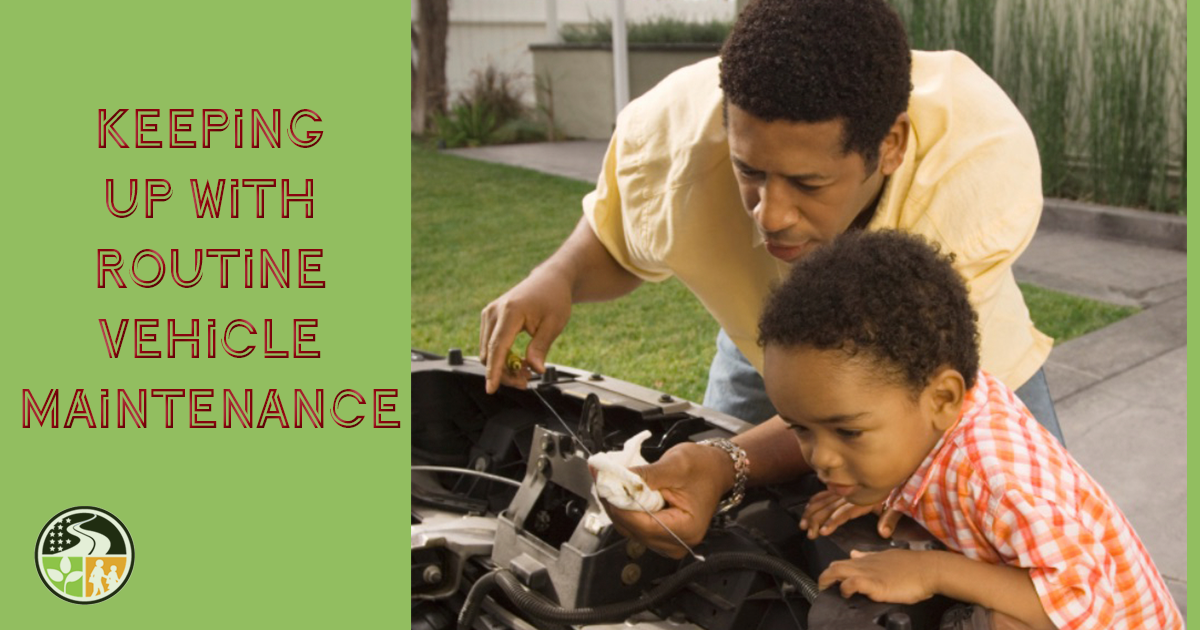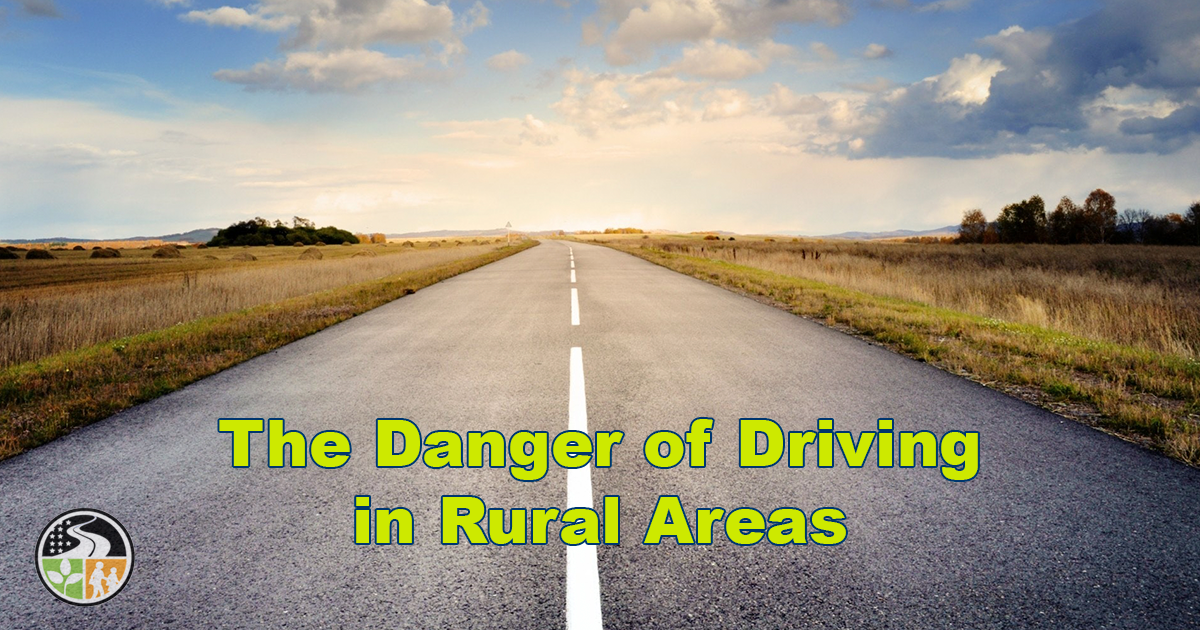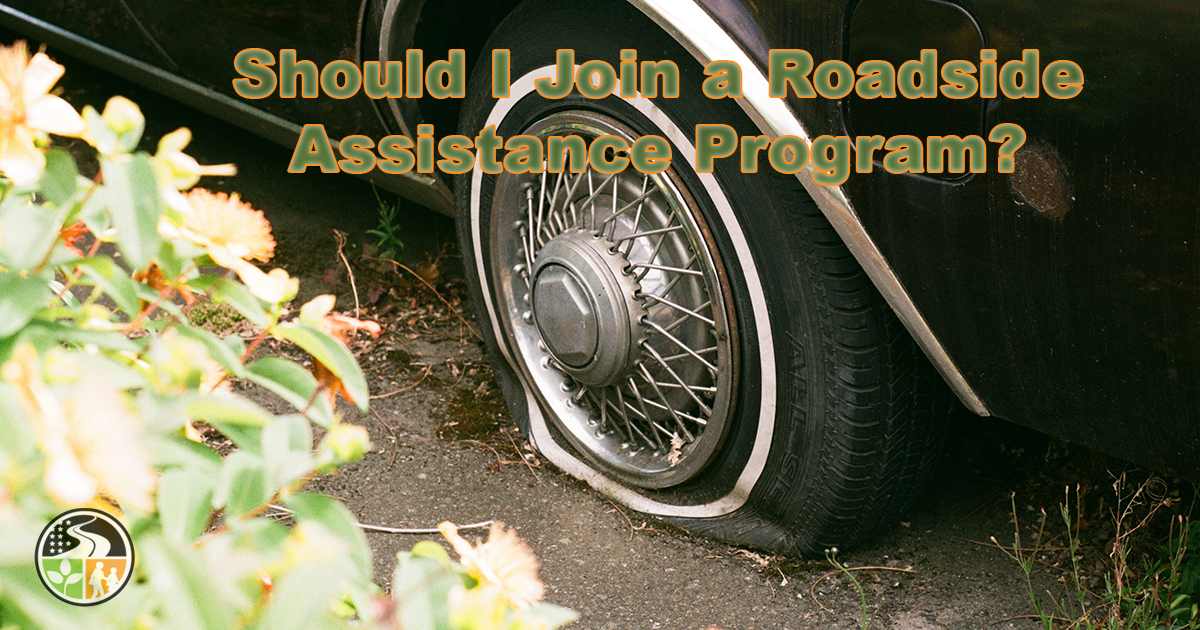NHSA Blog

“I love resting in the back seat on a road trip. It gives me time to think.” Yes, that would be nice, but have you honestly ever heard this from any child? Backseat moods in the real world are usually more akin to the Grizwolds as they painfully made their way towards Wally World. Sadly, the enthusiasm of a vacationing parent does not always trickle down to their children, fidgeting and complaining along the highway. You may even recall being in the same position yourself on a long-distance road trip and wondering “Are we there yet?” So, how can you make the journey more enjoyable, memorable and peaceful for your young ones?

Are you planning a trip in an RV? Whether you are traveling in a motorhome or dragging along a trailer, get ready for an unforgettable experience. It can unite your family and give you lasting memories. What can you do to keep the road trip fun and safe for everyone? Here are some of our favorite tips for traveling in a recreational vehicle.

Summer maintenance, winter maintenance, before-a-road-trip maintenance . . . car owners can easily feel like they spend more time doing maintenance than actually driving their vehicles! However, you can’t deny the benefits of doing the right maintenance at the right time.

Are you dreaming of taking an exciting road trip? Why not make Mexico your next getaway? But, what should you know before driving into Mexico?

Should You Visit the Legendary Highway Route 66? People have sung to it, created movies about it and even wrote poetry that praises it. Who would have thought that a simple highway could provoke such deep emotions? For almost 60 years, Route 66 passed through eight states and connected the United States in a way that people previously only dreamed about. You can still travel much of the originally uninterrupted route that took travelers from Chicago to Los Angeles. Why should you go, and what can you see along the way?

If you do not use the word "rural" very often, this basically refers to the countryside, away from the hustle and bustle of city life. Is it safer to drive in a city or in a rural area? Most people would probably respond that country roads are much safer. After all, there are fewer cars! A driver doesn’t have to worry about as many fender benders. There are no furious taxi drivers shouting at you as you try to maneuver through the streets. And, in general, there is less chaos on the nation's backroads. However, most people would be wrong.

Majestic mountain ranges, expansive lakes and breathtaking prairies all make Canada a popular destination for visitors from the United States. You can appreciate these peaceful sights, even more, when you take the time to drive through this vast country. However, what should you know before driving in Canada?

Oh no! It happened again . . . another flat tire. And this time, you forgot to put the new spare tire back in the trunk. What are you going to do? That type of uncomfortable situation has existed ever since cars were invented. For that reason, automobile clubs that provide roadside assistance have existed for almost as long as cars have been around.

On March 19, 2020, Richard Corcoran, the Commissioner of Education, met with all FLDOE approved Virtual Providers and requested that they help Florida schools to swiftly implement distance learning options. The next day, on March 20th we started offering our online driver education course to Florida school districts at no charge for the remainder of the 2019-2020 school year. We have waived any and all fees for student completions through August 15th 2020.
In addition to districts already using the program, several new districts have implemented our program and have enrolled hundreds of their students within hours of signing up. We are ready to help more districts if any still want to avail themselves of this provision.
The below services will be included and provided at no charge to your district:
- 1. Fully ACCREDITED and approved by the Florida Department of Education (FLDOE).
- 2. Students earn ½ high school elective credit towards graduation.
- 3. Includes the required Florida Traffic Law and Substance Abuse Education Course (TLSAE).
- 4. Includes the online FL Learning Permit Exam for FREE (we are a FLHSMV-approved tester).
- 5. Enables your district to retain BOTH the FTE and the Virtual Education Contribution.
- 6. Students meet the Florida state-mandated online graduation requirement.
- 7. Turnkey Learning Management System to allow schools to get up and running in just minutes.
- 8. Public web page to allow students to self enroll.
- 9. To learn more watch this video.

In addition, we are covering the cost charged by FLHSMV for both the TLSAE (Traffic Law and Substance Abuse Education) and Permit Test, which are required elements to obtain a drivers license in Florida, for all students during this period as our donation to help both our students and school community.
We understand that districts are facing a monumental challenge to provide immediate online options for their students, thus we are prepared to assist with whatever measures are necessary to get our course implemented quickly so that students can start or continue in a driver education course that has already been started in the classroom.
If you are interested in enrolling your district in this program please email us at partners@usnhsa.com, by replying to this email or call (800) 829-3727.

You want to sell your vehicle, and you want to sell it fast . . . for a good price. When people see the vehicle for the first time you want their eyes to pop out, you want them to fall in love immediately and say, "I need to have this vehicle!" How can you do that? What work needs to be done on your vehicle—and what should you avoid doing?

